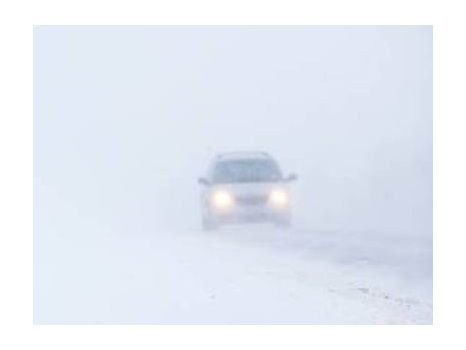Fueled By Incentives, Younger Rural Buyers Drive Auto Rebound.
- Inside Audio Marketing

- Sep 18, 2020
- 3 min read

The coronavirus has wreaked havoc on the U.S. economy, but one category important to radio has come though the crisis surprisingly healthy, at least so far — the automotive industry.
According to J.D. Power VP Data & Analytics Tyson Jominy, who on Wednesday (Sept. 16) presented the webinar “Wheels Off — Insights Into the Auto Industry,” the auto market’s 2020 story is three-act play with a cast made up of large vehicles, a script full of incentives and an audience full of young buyers.
Act I began in March: “March 11 is one of the most important days in any of our careers,” Jominy says. “That’s the day Tom Hanks [and wife Rita Wilson] said he had tested positive for coronavirus. Within 24 hours of that announcement... the NBA suspended its season, the NCAA cancelled its [men’s and women’s basketball] tournament and Disneyland closed.
“Within five days of that announcement, industry sales were off 38% by that Sunday,” he continues. “That was a complete collapse in demand… worse than anything we saw in the great recession.”
Within a couple of weeks, Jominy says, sales were off 80%. “So in a very short period of time, the wheels fell off the industry,” he says. “End of Act I.”
Act II took hold in April and May as “automakers came out with some big incentives,” he says, “the kind we’ve almost never seen before. In particular, 84-month 0%-interest loans with six-month deferrals. That’s 90 months to repay a loan on a vehicle.”
The offers were mostly on large vehicles like pickup trucks and SUVs, with incentives of $5,000 per unit. “We’ve never seen anything remotely close to those levels. On a year-over-year basis, we were up about $1,000 per unit incentive spend.”
According to Jominy, because pickup trucks and SUVs had the incentives, these categories maintained their sales pace. Cars, on the other hand, “have been struggling for so long in this market — and [they’re] suddenly now doing a lot worse,” he says. “Small cars are off 37% this year... Nearly half the segment has exited. This segment is basically done now as a result of coronavirus.”
Plug-in hybrids are down and plug-in vehicles are flat. “If the electric vehicle revolution is coming,” Jominy says, “it’s not coming in 2020.” Yet, the old-school hybrids (think Toyota RAV 4 and Honda CRV) are doing very well, he said.
“The propulsion that’s growing the best is diesel,” he adds. “It’s growing the most out of any powertrain. Its market share is nearly double of EVs, while the ‘future’ seems stuck in neutral.”
Jominy added: “COVID really changed where we bought. The nation overall is off 16% year-to-date in retail sales. It could have been a lot worse,” with parts of Western Europe showing 50% declines. “So we’re not doing that badly.”

“The more south you go and the more rural you go, the better sales are,” Jominy said. “Some of the biggest markets are off the worst, which means the smallest markets — Sun Belt and West — are outperforming the national average... Austin, Texas is actually up 2%,” he said. “Tampa is outperforming Miami... these parts of the country tend to be very robust.”
Now, he says, inventory is really tight. “We ran out of things to sell,” Jominy says. “That’s the defining feature of Act III. It’s particularly bad for large pickups. It’s about half of what it was a year ago.”

Tight inventory has led to higher dealer margins. “Dealers are making far more on cars because there are no more to sell,” Jominy explains. “They’re not going to be discounting as much when they’re not sure there’s another vehicle coming behind it to sell... Transaction prices for vehicles have really taken off since May. We’re seeing transaction price growth of 7% year over year.”
And while the industry won’t reach the 17 million level of the last five years, at 14 million it’s “nowhere near as bad as the Great Recession,” Jominy says, adding that the age of the buyer has “changed pretty radically.” In the last recession, older buyers’ ‘influence grew and grew” as the recession went on. This time, older buyers, who are “most susceptible to the virus... stayed [home] the most,” while younger buyers are carrying the market.
“I don’t know if I’ve ever seen this before in my life,” Jominy says. “The 18- to 35-year-old demographic has actually grown their share of industry right now. They’re more in-market than what we’ve seen at other times.”




Comments